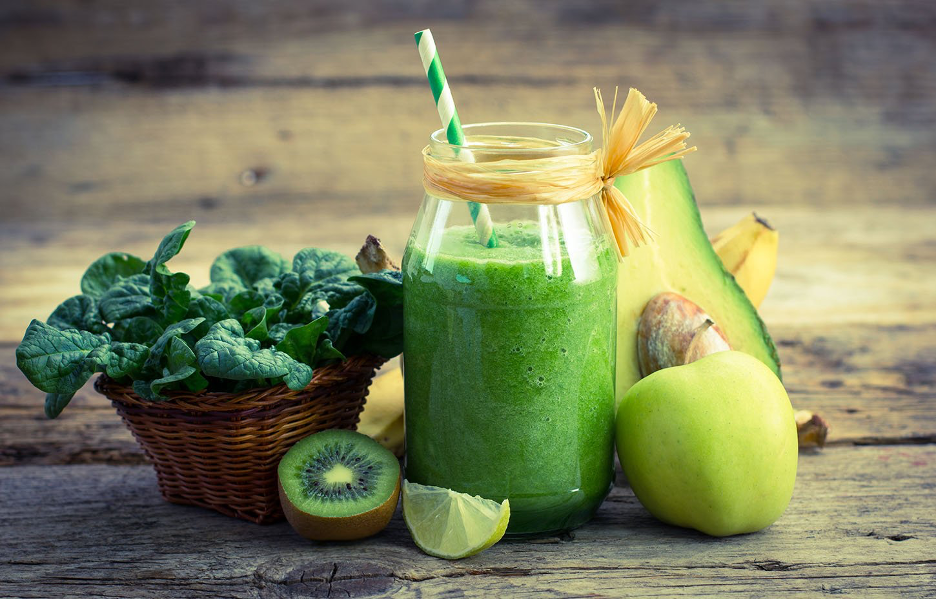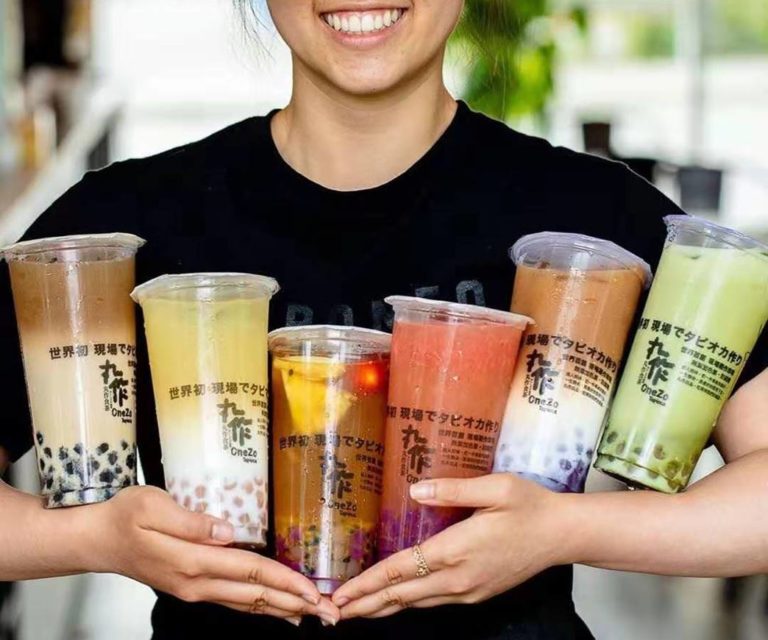As China’s beverage market shifts toward health-conscious choices, Western healthy drinks, which originated from the West or integrate Western ingredients, are booming. For example, data shows that in 2024, China’s overall beverage sales grew 7.8%, but healthier categories far outpaced this. For instance, the ready-to-drink (RTD) teas surged 16.6% year-on-year, and functional beverages rose 12.1%, compared to stagnant soda sales.
Download our China F&B White Paper
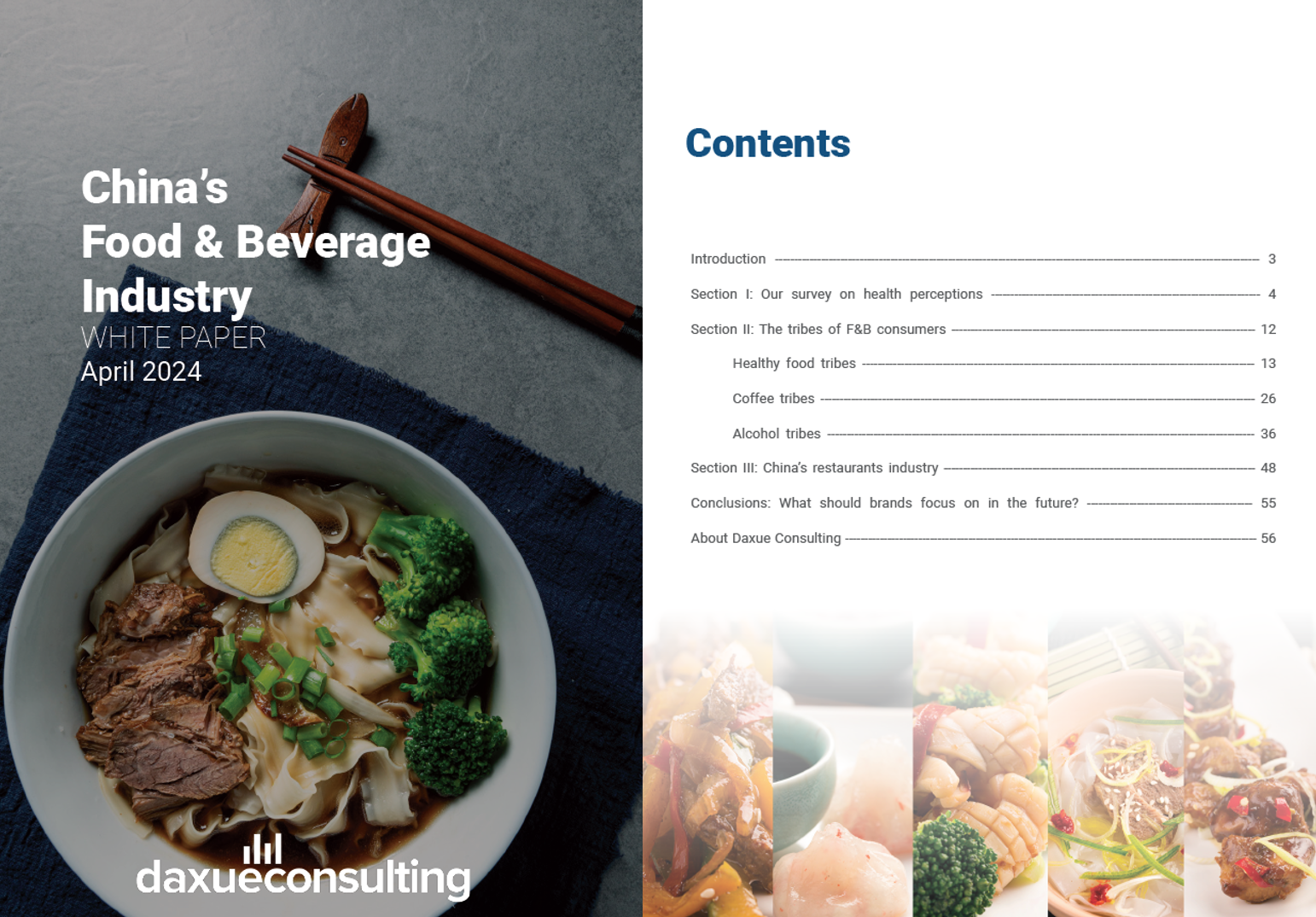
Urban middle-class consumers, especially younger generations, are driving this shift. They seek out drinks that are natural, low-calorie, or functional to support healthier lifestyles. Whether it’s a lactose-free oat milk latte, a bottled green smoothie, or a grab-and-go protein shake, Chinese consumers are showing an unprecedented appetite for beverages that align with global wellness movements.
In China’s burgeoning middle class, wellness itself has become a status symbol. Investing in boutique fitness classes or imported health foods is seen as an “essential” lifestyle upgrade, not merely a luxury. Having a plant-based protein shake or a Starbucks oat-milk cold brew in hand also signals modern, cosmopolitan tastes.
China’s shift toward plant-based milks
A major segment of Western healthy drinks in China is the booming plant-based “milk” category. China’s plant-based milk market generated about USD 3.45 billion in 2024 and is projected to reach USD 5.66 billion by 2030, growing at ~8.4% CAGR.
Chinese consumers, like those globally, are increasingly turning to dairy-free alternatives such as oat milk, almond milk, and other grain or nut-based milks for health and lifestyle reasons. Several factors drive this trend. First, lactose intolerance is extremely common in East Asia, with nearly 80% of China’s population estimated to have some lactose intolerance or sensitivity. Second, rising concerns about calories and fat in regular milk have made “plant-based milks” popular among younger, urban Chinese. Adoption started in first-tier cities such as Shanghai, Beijing, and Shenzhen but is now spreading nationwide.
This trend really took off around 2020 when companies like Oatly (Swedish oat milk) entered China. Notably, Starbucks China rolled out Oatly oat milk in all its stores in April 2020, giving many Chinese consumers their first taste of oat lattes. Many people enjoyed the taste of oat milk lattes from Starbucks and began sharing the brands of oat milk used on RedNote (known as Xiaohongshu in China). Since then, oat milk has become one of the fastest-growing dairy alternatives in China.
Industry data shows that almond milk was the largest plant-milk segment in 2024 by revenue, but oat milk is the fastest-growing segment going forward. The China Almond Milk Market Industry is expected to grow from USD 1 billion in 2024 to USD 3.56 billion by 2035, a 12.236% CAGR from 2025 to 2035.

Liquid salad goes mainstream in China
One of the most viral Western healthy drinks in China during 2023–2024 has been the rise of the so-called “液体沙拉” or “liquid salad.” This term refers to ready-to-drink fruit and vegetable blends marketed as a low-calorie meal replacement or dieting aid. On Tmall, sales of liquid salad drinks rose over 750% year-on-year in 2024, indicating both volume explosion and significant consumer spending.
The marketing around liquid salads heavily emphasizes fiber and “superfood” ingredients. Common formulations include foreign ingredients such as kale, spinach, celery, lemon, apple, cucumber, etc., often with chia seeds. Indeed, chia seeds have become a frequent addition. Chinese product developers have widely adopted chia seeds as a trendy nutrient booster in yogurts, smoothies, and meal shakes to add omega-3s and fiber.
In late 2023, a new brand called Maigucun (麦谷村) suddenly went viral on Douyin (TikTok China) by selling shelf-stable pouches of blended fruits and greens as a weight-loss-friendly “dinner substitute”. By early 2024, Maigucun’s sales of liquid salad packs reached the top of Douyin’s health supplement charts. Within the brand’s first year, it achieved over RMB 100 million in sales purely from these juice packs.
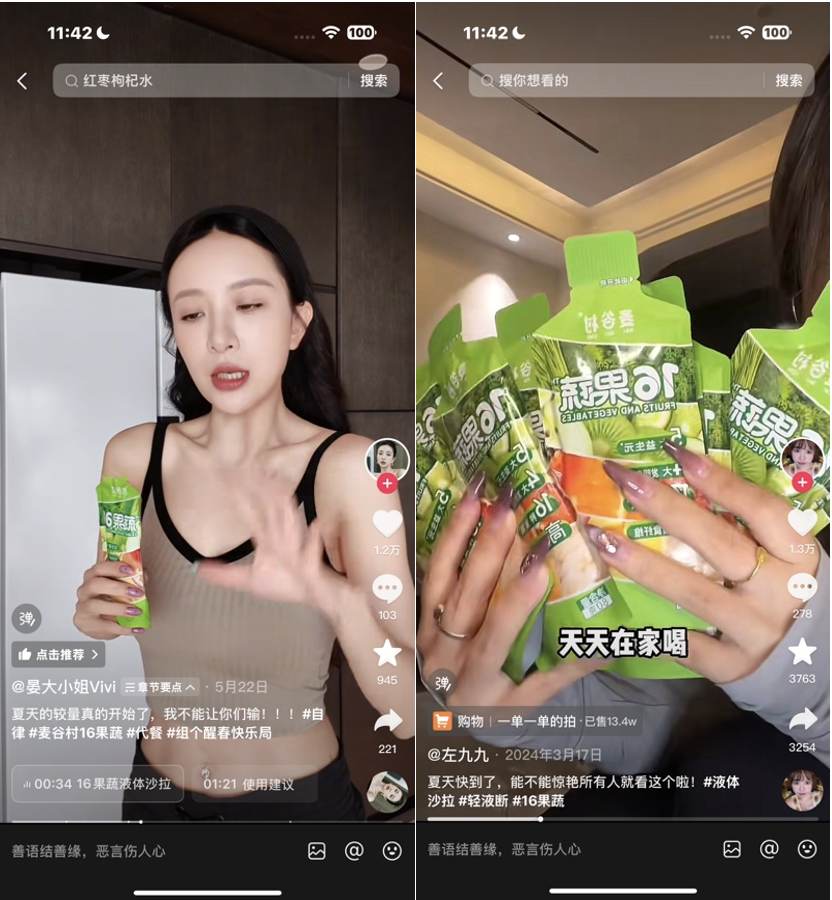
This success led to many brand entrants. Dozens of brands such as OnlyTree, Balanced Master, and Qing Element launched their own liquid salad products, and even established companies jumped in. For example, HeyTea (a leading tea shop chain) introduced a bottled “energy fiber drink”: a smoothie of kale, avocado, banana, and chia seeds. Grocery retailer Hema (Alibaba’s Freshippo) also rolled out its own high-pressure-processed vegetable juice blends in 2024.
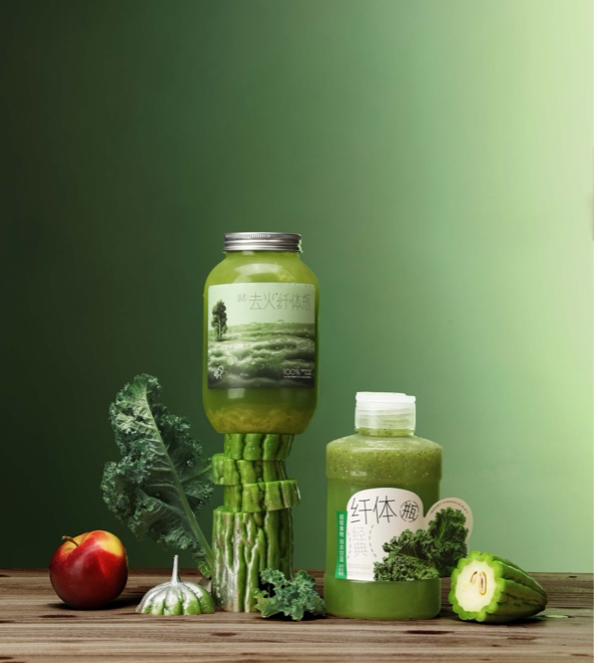
China’s emerging market for protein beverages
Traditionally, China lagged Western markets in the consumption of protein supplements. But since 2020, there has been a trend of bodybuilding and a wave of casual gym‑goers focused on weight management picked up strongly among urban youth. As a result, protein powders and shakes are becoming more common in China’s e-commerce and retail channels. The Chinese market for RTD protein beverages is expected to grow at around 16.7% CAGR from 2023 to 2027, one of the fastest growth rates globally for this segment
Some domestic startups and brands have emerged, such as ffit8 (which started with protein bars and now sells protein powders) and Keep (the fitness app company, which launched its own line of protein powders). Multinational supplement brands like MuscleTech and MyProtein have also increased their China marketing through cross-border e-commerce and local partnerships.
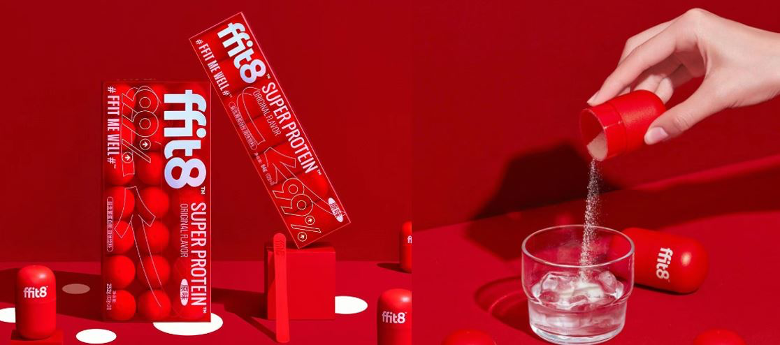
Why Western healthy drinks still struggle in China
Despite rapid growth, Western healthy drinks face hurdles in China. Chinese consumers are value-conscious, and many imported or niche health drinks carry premium price tags. Often, domestic brands seize this opportunity by offering similar benefits at a lower cost. For example, Herbalife (a US protein shake brand) initially attracted Chinese customers, but some later switched to local alternatives like WonderLab because they find it more “cost-effective”.
Some Western health ingredients don’t resonate with Chinese people’s tastes. A classic example is kale. Kale’s bitter, grassy flavor can be an acquired taste even in the West, and to many Chinese, it was completely alien. While taste profiles are slowly adapting (that same farmer now grows a sweeter kale variety for Chinese tea drinks), many Mainland consumers still prefer familiar flavors.
Perhaps the biggest “competitor” to Western-style health beverages is China’s own rich tradition of wellness drinks. For instance, hospitals and pharmacies now offer convenient pre-packaged herbal tea formulas for daily health, which have become very popular. The deep cultural trust in TCM, coupled with the affordability of herbal drinks (often just a few yuan per bag and covered by health insurance), means Western healthy drinks must compete with an entrenched local wellness culture.
Western healthy drinks in China at a glance
- Plant-based milks are surging, driven by lactose intolerance and lifestyle shifts. Oat milk boomed after Starbucks introduced Oatly lattes nationwide in 2020. China’s plant-based milk market reached USD 3.45B in 2024, set to grow at 8.4% CAGR through 2030.
- Liquid salad drinks saw sales spike 750% YoY on Tmall in 2024. Viral brand Maigucun led with over RMB 100 million in sales. Competitors like OnlyTree, Balanced Master, and established brands like HeyTea also entered.
- The protein beverage market is rapidly expanding, with RTD protein drinks projected to grow at 16.7% CAGR from 2023 to 2027. Urban youth are fueling demand, and both local fitness brands and international supplement brands are competing for market share.
- Global superfoods like chia seeds, kale, and almonds are now mainstream in China’s wellness drinks. These ingredients are featured in smoothies, yogurts, and bottled functional beverages designed for weight loss, energy, or fitness support.
- Overall, Western healthy drinks in China are no longer niche. They’re becoming a normalized part of Chinese consumer lifestyles, especially in urban centers.
- Still, Western healthy drinks face challenges such as premium pricing that deters value-conscious consumers, unfamiliar flavors, and China’s rich tradition of herbal wellness drinks.



